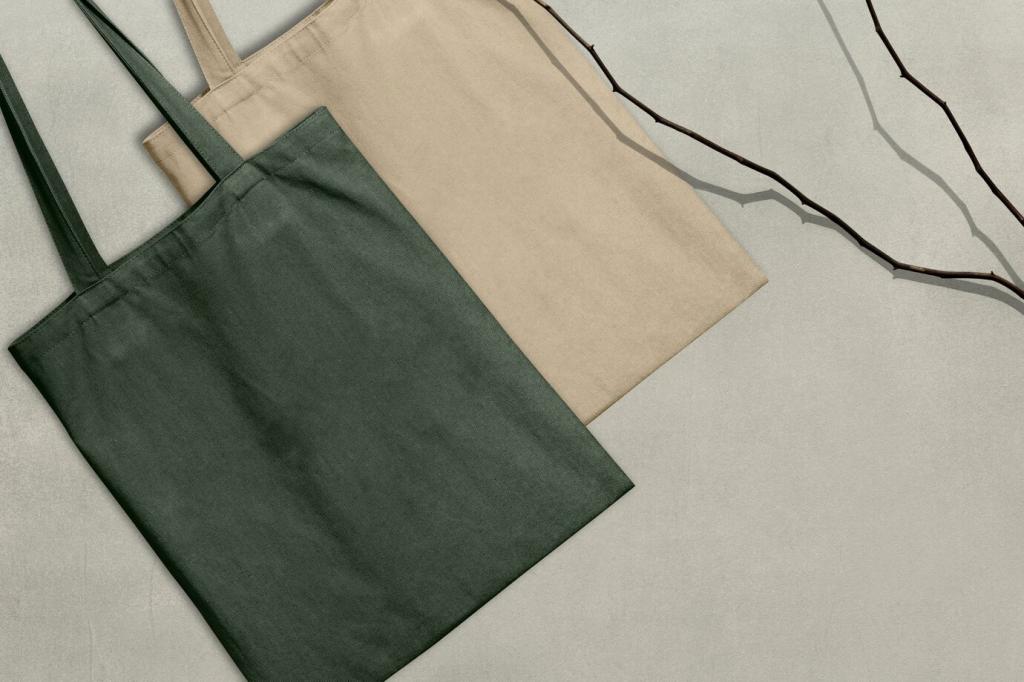Embracing eco-friendly interior design is not just a trend, but a holistic approach to creating beautiful, healthy, and sustainable living spaces. With rising awareness of our environmental impact, integrating sustainable practices into interior design delivers benefits that go beyond aesthetics. These solutions promote energy efficiency, improve indoor air quality, and support responsible resource consumption—all without compromising on style or comfort.
Responsibly Sourced Wood
Responsibly sourced wood comes from forests managed for long-term sustainability and biodiversity. Utilizing wood certified by organizations such as the Forest Stewardship Council helps ensure that forests are not depleted or damaged by over-harvesting. This approach supports both ecological balance and the livelihoods of communities that rely on forestry. Beyond environmental benefits, responsibly sourced woods often exhibit unique grains and character, offering designers and homeowners natural warmth and timeless elegance.
Upcycled and Recycled Materials
Upcycled and recycled materials breathe new life into what would otherwise become waste, dramatically reducing the need for virgin resources. Using items such as reclaimed glass tiles, recycled metal, or furniture crafted from salvaged elements not only conserves resources but also adds individuality and story to interiors. These materials retain their inherent character, offering one-of-a-kind details that distinguish an eco-friendly space from conventional designs, all while minimizing landfill contribution.
Innovative Eco-Friendly Textiles
Eco-friendly textiles such as organic cotton, bamboo fibers, or lyocell provide a luxurious yet sustainable alternative to traditional textiles. These fabrics are produced with less water, fewer harmful chemicals, and minimal impact on ecosystems. By choosing textiles with certifications such as GOTS (Global Organic Textile Standard), designers can ensure ethical practices from farm to finished product. These innovative materials deliver durability, comfort, and style while aligning with the overarching goals of eco-conscious design.
Energy Efficiency in Interiors
Smart Lighting Solutions
Smart lighting systems combine innovative technology with energy-saving principles. LED fixtures, dimmer switches, and programmable lighting controls reduce electricity use and extend bulb lifespans. Incorporating natural daylight through well-placed windows and reflective surfaces further enhances illumination while decreasing dependency on artificial lights. By making strategic lighting choices, interiors remain bright, welcoming, and efficient throughout the day.
Insulation and Thermal Comfort
Proper insulation is fundamental in maintaining thermal comfort and reducing the reliance on heating and cooling systems. Using eco-friendly insulation materials—such as recycled denim or cellulose—improves thermal efficiency while minimizing chemical exposure. Effective insulation not only makes living environments more comfortable but also delivers significant energy savings over time, reinforcing the commitment to an eco-friendly lifestyle.
Energy-Efficient Appliances
The integration of energy-efficient appliances within interior spaces is a practical step toward sustainability. Modern appliances bearing ENERGY STAR certification are designed to perform better while using less energy and water. Thoughtful selection of refrigerators, washing machines, and even entertainment systems ensures reduced operational costs and environmental impact, aligning household function with meaningful sustainability goals.
Indoor Air Quality Enhancement

Low-VOC (volatile organic compound) paints and finishes drastically reduce the emission of harmful chemicals during application and throughout the life of the product. These finishes help prevent headaches, allergic reactions, and respiratory issues often associated with conventional paint products. By choosing low- or zero-VOC options, designers and homeowners ensure that the interiors are safe, healthy, and pleasant to live in.
Water Conservation Tactics
Low-flow bathroom and kitchen fixtures make a significant impact by minimizing water usage without sacrificing performance. Modern technology ensures that taps, showers, and toilets deliver strong water pressure while significantly reducing gallons used per minute. Choosing WaterSense-labeled products is a smart investment that yields immediate and long-term savings.
Greywater recycling systems collect gently used water from sinks, showers, and laundry to be reused for irrigation or toilet flushing. Integrating these systems into interior design conserves fresh water and reduces the burden on municipal treatment facilities. By creatively utilizing water that would otherwise be discarded, homeowners embrace one of the most impactful eco-friendly solutions available today.
Selecting drought-resistant indoor plants, such as succulents or ZZ plants, allows for greenery within interiors with minimal water requirements. These resilient plants adapt well to indoor environments and frequent neglect, making them ideal for busy households. Their incorporation into design schemes reduces the need for frequent watering, adding lushness without increasing water consumption.
Waste Reduction Strategies
Repurposed furniture involves sourcing and revitalizing existing pieces rather than discarding them. Whether through refinishing, upholstering, or creative adaptation, these furnishings gain new functionality and style while diverting waste from landfills. This strategy gives each piece a new story and allows interiors to embrace unique character and sustainable values.
Previous
Next

Biophilic Design Integration
Nature-inspired aesthetics focus on bringing the colors, patterns, and textures of the outdoors into interior spaces. Incorporating materials like natural stone, unfinished wood, and woven fibers evokes the tranquility of natural landscapes. This design philosophy enhances emotional health and provides visual comfort while subtly reinforcing environmental values.
Previous
Next
Smart Design for Longevity
Selecting furnishings that combine quality craftsmanship with timeless design ensures long-term appeal and functionality. Well-made pieces in classic styles avoid the cycles of trend-driven obsolescence, remaining relevant and beautiful for decades. By investing in durability, designers and homeowners reduce replacement frequency and support a more sustainable consumption model.
